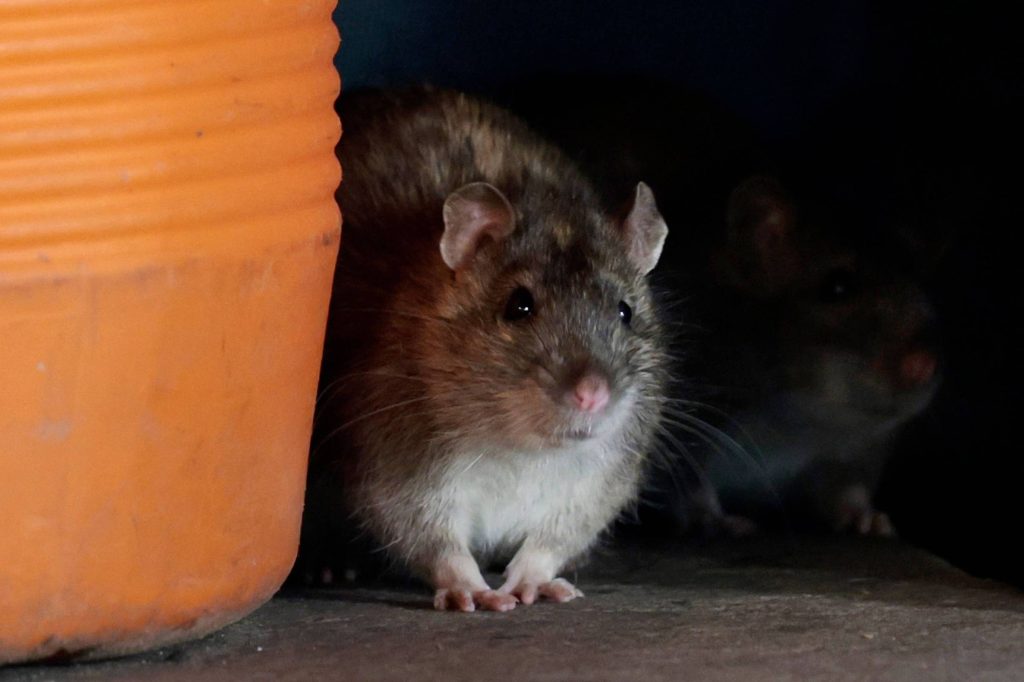where The movie “Jurassic Park”The idea of bringing extinct animals back to life has captured the public’s imagination, but where should scientists direct their attention first?
Instead of focusing on iconic species like the woolly mammoth or the Tasmanian tiger, a team of paleobiologists studied how they could “revive” using genetic modification the humble Christmas Island mouse, which has been extinct for 120 years.
Although they were unable to form a living species, they say their research, This Wednesday (9) was published in Current Biologyshows how close scientists working on extinction projects are to achieving the goal using current technology.
“I’m not doing a ‘de-extinction,’ but I think it’s a really interesting and very technically exciting idea,” lead author Tom Gilbert, an evolutionary geneticist at the University of Copenhagen, told AFP.
There are three ways to bring back extinct animals: species related to backbreeding to gain lost traits; cloning, which was used to create Dolly the sheep in 1996; and finally genetic editing, the method Gilbert and colleagues are studying.
The idea is to take surviving DNA from extinct species, compare it to the genome of modern, closely related species, and then use techniques such as regularly spaced short symmetric repeats (CRISPR) to modify modern genomes where there are differences.
The modified cells can then be used to create an embryo to be grown in an alternate host.
Gilbert explains that ancient DNA is like a book put into a shredder, while the genome of modern species is like a “summary book” that can be used to piece together the incomplete parts.
His interest in the Christmas Island mouse was sparked when a colleague studied the animals’ skin for evidence of the pathogens that caused their extinction around 1900.
Black rats brought by European ships are thought to have decimated the native species, which was described in the Proceedings of the Zoological Society of London in 1887 as a “new rat”, larger, with a long yellow-tailed rat and rounded ears.
Missing key functions
The team of scientists used brown mice, commonly used in laboratory experiments, as modern reference species, and found that they could reconstruct 95% of the Christmas Island mouse genome.
It might sound like a big hit, but the 5% that failed to recover belonged to regions of the genome that control smell and immunity, meaning this mouse could have looked like the original, but without these key functions.
“What we’re left with is that even if we had our ancient DNA in perfect condition, with a very good sample and as well sequenced as possible, we’d still be missing 5%,” Gilbert explained.
The two species diverged about 2.6 million years ago, close to the evolutionary age, but not far enough to completely reconstruct the genomes of lost species.
This discovery has important implications for de-extinction efforts, such as the US Biosciences Colsa project, which seeks to revive the mammoth, which became extinct about 4,000 years ago.
Mammoths are roughly the same evolutionary distance from modern elephants as brown mice are from Christmas Island mice.
Meanwhile, teams in Australia are trying to revive the Tasmanian tiger, or Tasmanian tiger, whose last recruit died in captivity in 1936.
Even if gene editing were to be mastered, animals duplicated using this technique would have some critical shortcomings.
“Suppose you brought in a giant just to have a hairy elephant in zoo to make money Or raising awareness about conservation, it doesn’t really matter,” Gilbert cautioned.
He added that if the goal was to return these animals exactly to their original form, “that would never happen.”
Gilbert admitted that while science was fascinated by extinction projects, he had mixed feelings.
“If you had to choose between returning something or protecting it, I would put my money in protection.”

“Hardcore beer fanatic. Falls down a lot. Professional coffee fan. Music ninja.”







More Stories
Science Backs Yoga’s Benefits for Women Who Want to Live Longer
MAI/DAI’s first round invests around R$35 million and brings together over 250 scientists and companies; see preliminary result
Wilson Lima Announces $1 Million Investment in AM Science